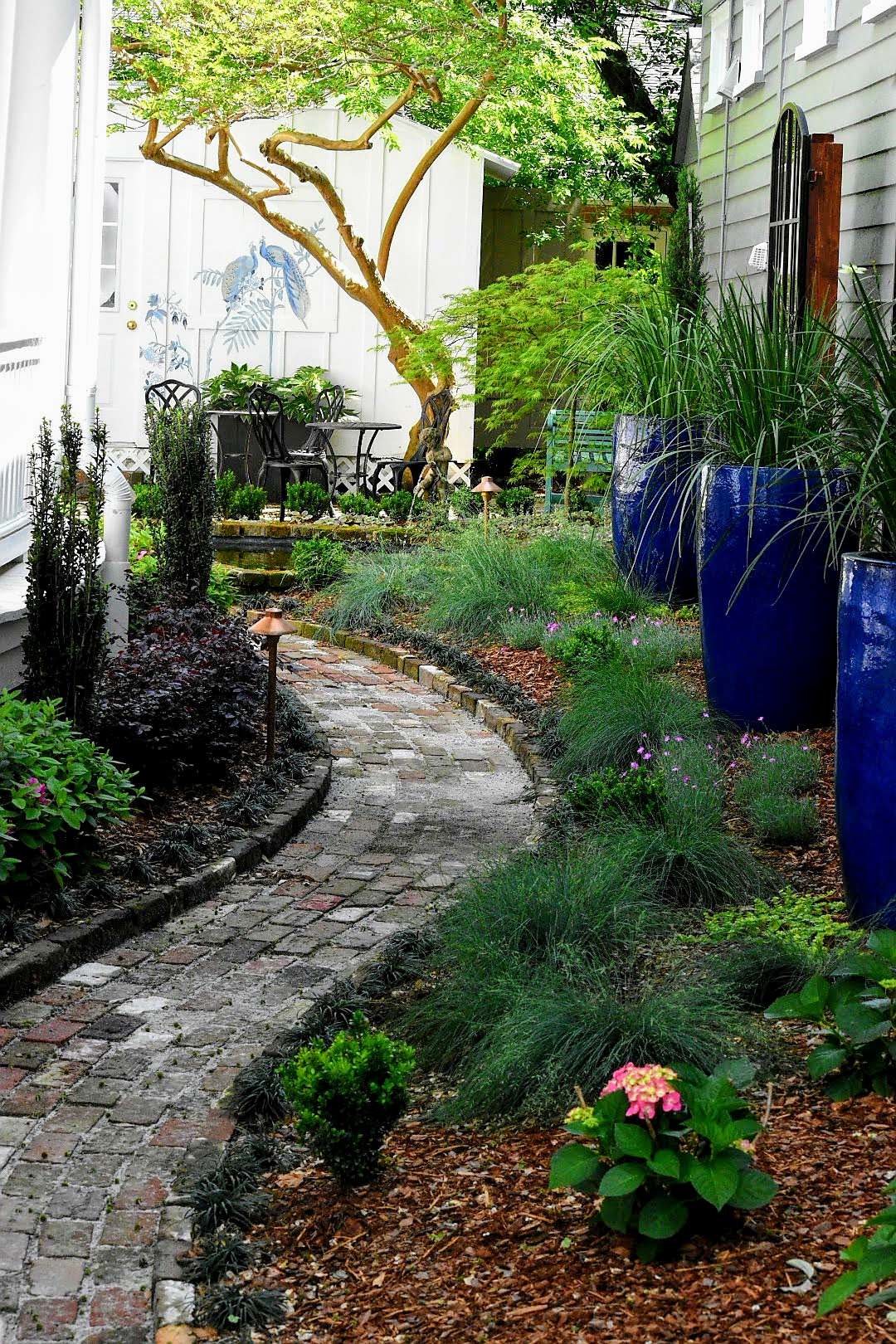The Role of Garden Layout in Encouraging Sustainability and Biodiversity
Garden layout is progressively recognized for its possible to cultivate sustainability and enhance biodiversity within urban and rural landscapes. By prioritizing indigenous plant species and utilizing water preservation techniques, designers can create atmospheres that not only grow but additionally require marginal chemical treatment.
Importance of Indigenous Plants
Stressing making use of native plants in garden design is vital for promoting ecological balance and sustainability. Native plants are those that naturally happen in a details area and have adapted to the neighborhood environment, dirt, and wildlife. Their incorporation into yards sustains regional ecological communities by providing habitats and food sources for native pollinators, birds, and other wildlife.
Furthermore, native plants are normally extra immune to neighborhood parasites and conditions, reducing the need for chemical pesticides and fertilizers. This resistance not just decreases ecological influence yet additionally decreases maintenance costs for garden enthusiasts. Native plants frequently require much less water than non-native types, lining up with sustainable gardening practices and lowering the stress on regional water sources.
Water Conservation Strategies
Integrating native plants not just improves biodiversity but also plays a substantial role in water preservation within yard designs. Indigenous types are adjusted to local climate problems, needing much less water than non-native equivalents. Landscape Designer. This particular reduces the requirement for irrigation, conserving both water resources and power
In addition, implementing rainfall gardens can capture and filter stormwater runoff, promoting groundwater recharge while decreasing disintegration. These yards make use of indigenous plants that grow in wet problems, properly taking care of excess water while creating varied environments.

Another efficient strategy is using permeable paving products in pathways and outdoor patios, enabling rain to penetrate the ground instead of escaping. This advertises dampness retention and minimizes the need for watering.
Finally, setting up a rainwater harvesting system can dramatically add to water preservation initiatives. Accumulating and storing rain for yard usage motivates lasting practices and decreases reliance on metropolitan water resources (garden design near Goose Creek SC). By incorporating these strategies, yard styles can efficiently advertise water preservation while sustaining environmental health and wellness
Minimizing Chemical Usage
While numerous gardeners seek lively and healthy plants, reducing chemical usage is important for promoting a sustainable community. The reliance on synthetic plant foods and pesticides can bring about dirt destruction, water contamination, and a decrease in beneficial insect populations. By adopting natural horticulture techniques, garden enthusiasts can improve the health of their landscapes while advertising biodiversity.
One reliable strategy is to use compost and natural modifications, which enrich the dirt normally and enhance its framework. landscape designer near Johns Island SC. These practices not just improve plant health and wellness but likewise lower the requirement for chemical fertilizers - Landscape Designer. Applying integrated pest management (IPM) strategies further reduces chemical inputs by encouraging all-natural predators, such as ladybugs and parasitical wasps, to control pest populaces
Furthermore, selecting native plant species can dramatically decrease the demand for chemical interventions, as these plants are much better adjusted to neighborhood problems and are a lot more resilient against parasites and illness. By prioritizing sustainable practices, gardeners can develop growing environments that sustain both plant health and ecosystem stability, eventually resulting in yards that are not only attractive however additionally ecologically responsible. Decreasing chemical use is an important step in cultivating yards that honor and improve the all-natural world.
Developing Wildlife Habitats
Creating dynamic wild animals environments within gardens not just enhances biodiversity however likewise complements sustainable horticulture techniques focused on decreasing chemical use. By including native plants, gardeners can offer necessary sources such as food and shelter for different varieties, including birds, pests, and tiny mammals. Native plants are well-adapted to local conditions, needing much less water and fewer chemical inputs, hence aligning with sustainability goals.

Preserving a naturalistic approach, which might include leaving some areas wild or undisturbed, permits the natural procedures of ecosystems to prosper. This practice motivates the existence of useful insects and pollinators, which play a vital role in the health of both gardens and surrounding settings. Overall, developing wild animals environments is a fundamental element of sustainable garden style, cultivating ecological equilibrium and durability while boosting the beauty and performance of exterior areas.
Area Engagement in Gardening
Community involvement in gardening fosters a sense of belonging and cumulative obligation, changing private horticulture initiatives right into common campaigns that profit the entire area. By entailing community members in gardening tasks, we can grow not just plants however also relationships and social media networks. Regional yards act as essential rooms for education and learning, where people of any ages can learn more about sustainable techniques, biodiversity, and environmental stewardship.
Collaborative horticulture initiatives, such as area yards, advertise the exchange of expertise and sources, guaranteeing that all individuals can add and benefit. This inclusivity enhances area resilience, as participants interact to overcome difficulties such as food insecurity and environmental destruction. In addition, community yards can work as platforms for cultural expression, enabling individuals to share their heritage through varied planting and gardening techniques.
Furthermore, involving the neighborhood in gardening efforts can result in increased recognition of neighborhood ecosystems and the relevance of biodiversity. By working collectively to layout and keep these areas, residents cultivate a common commitment to sustainability, producing a long lasting influence on both the atmosphere and neighborhood cohesion. Inevitably, area engagement in horticulture is a powerful device for promoting environmental stewardship and boosting the lifestyle within neighborhoods.
Final Thought
To conclude, critical garden style substantially adds to sustainability and biodiversity. By emphasizing the see it here use of indigenous plants, executing water preservation methods, and decreasing chemical inputs, gardens can successfully sustain regional ecological communities. Additionally, the development of wild animals environments and cultivating community interaction even more enhance environmental stewardship. Jointly, these techniques not just enhance the charm of areas yet additionally promote ecological balance, making garden style an essential component in the quest of a lasting future.
Comments on “Specialist Landscape Designer for Beautiful Garden Transformations”